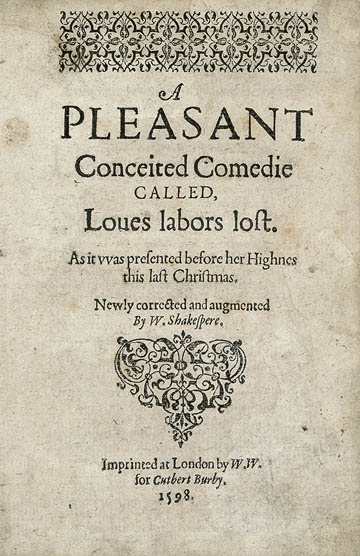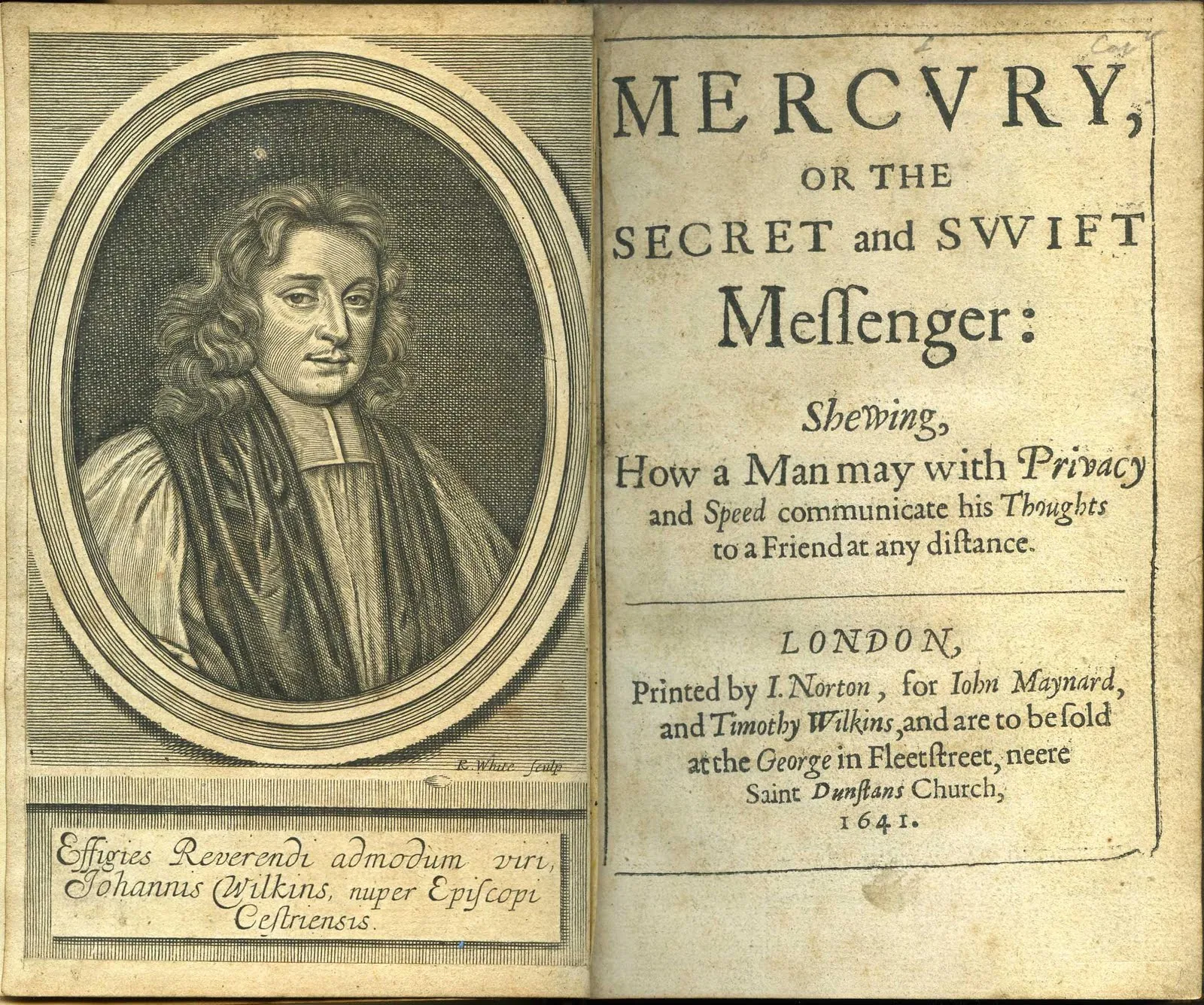Pig Latin Timeline — From 1563 to the AI Age
Quick look: This Pig Latin timeline shows how the "secret language" evolved from Renaissance ciphers to TikTok challenges and GPT-powered chat-bots. Each milestone proves why Pig Latin still fascinates linguistic hobbyists, pop-culture fans, educators, and developers alike.
Comprehensive Historical Analysis | Updated: February 2025
From Renaissance Cryptography to Modern AI Applications
Translation Rules:
- •Consonants: Move to end + "-ay" (pig → ig-pay)
- •Vowels: Add "-way" to end (amazing → amazing-way)
Renaissance Beginnings
1563 – 1600Cryptography Manual
Giambattista della Porta's De Furtivis Literarum Notis popularises playful letter transposition—an intellectual ancestor of modern Pig Latin rules.
Shakespeare echoed this mood in Love's Labour's Lost (1598) by joking about "dog Latin", foreshadowing later Pig Latin wordplay.

First English Descriptions
1601 – 1700Mercury Manual
John Wilkins published Mercury; or the Secret and Swift Messenger noting schoolboys who "transpose the initial sound and affix ay"—effectively describing early Pig Latin.

19th-Century "Hog Latin" Craze
1800 – 1900Victorian Newspapers
Victorian newspapers report on "hog Latin"—an 1866 column gave the sample "Wig-ge you-ge go-ge wig-ge me-ge?" to confuse eavesdroppers.
Putnam's Magazine (1869) and Century (1892) listed dozens of similar ciphers, showing Pig Latin had become a playground phenomenon.

Modern Pig Latin Forms Solidify
1919 – 1939"Pig Latin Love"
Columbia Records released Arthur Fields's novelty hit "Pig Latin Love" ("I-yay Ove-lay Oo-yay"), cementing the canonical "move-first-consonant-cluster + ay" rule.
Hollywood glamourised Pig Latin when Ginger Rogers sang an entire verse in Gold Diggers of 1933. The Three Stooges spread phrases like "ix-nay on the ot-tay".

Wartime & Slang Boom
1940 – 1959Academic Recognition
At the MLA conference, Allen Walker Read delivered "Ortesnay Onnay Igpay Atlinlay", tracing Pig Latin back to 1563 and validating its scholarly significance.
Two Pig Latin words entered everyday American English: ixnay (1928) and amscray ("scram")—widely used in WWII GI slang.

Television & Pop-Culture Ubiquity
1960 – 1999Hollywood Mainstream
Disney's The Lion King features Zazu warning with "Ixnay on the Upid-stay!". The Simpsons has Homer hiss "Ix-nay on the uclear-nay echnician-tay".
Cartoons and sitcoms weaponised Pig Latin humour, demonstrating its pop-culture visibility across generations.

Why Pig Latin Endures
⚙️Simple, hackable rules
Keep Pig Latin easy for children yet intriguing for coders.
🕵️Insider vibe
Makes Pig Latin a timeless secret language.
🎬Pop-culture resonance
From Ginger Rogers to The Simpsons—keeps Pig Latin alive in mass media.
🔄Digital remixability
Via APIs, chat-bots, and voice filters guarantees Pig Latin relevance in the AI era.
Milestone Checklist
| Year | Pig Latin Milestone | Reference |
|---|---|---|
| 1563 | Cipher concept in De Furtivis Literarum Notis | Wikipedia |
| 1641 | Wilkins details sound-shift 'cyphers' | LingoJam |
| 1866 | Newspaper documents 'hog Latin' playground code | Wikipedia |
| 1919 | Columbia releases 'Pig Latin Love' record | Internet Archive |
| 1933 | Ginger Rogers sings Pig Latin on screen | YouTube |
| 1945 | MLA paper 'Ortesnay Onnay Igpay Atlinlay' | The New Yorker |
| 1994 | The Lion King mainstreams 'ixnay' | Movie Mistakes |
| 2005 | One-click web Pig Latin translators explode | LingoJam |
| 2025 | GPT Pig Latin chat-bot tutorials published | Honlsoft |
Conclusion
The Pig Latin timeline shows a quirky yet resilient "secret Pig Latin language" that has thrived for over four centuries. Whether etched on cipher discs, sung by Ginger Rogers, or parsed by GPT models, Pig Latin endures because it lets us code-switch between play and privacy with a single "ixnay."
Note: Image placeholders are provided for real images to be added when building the final page.
